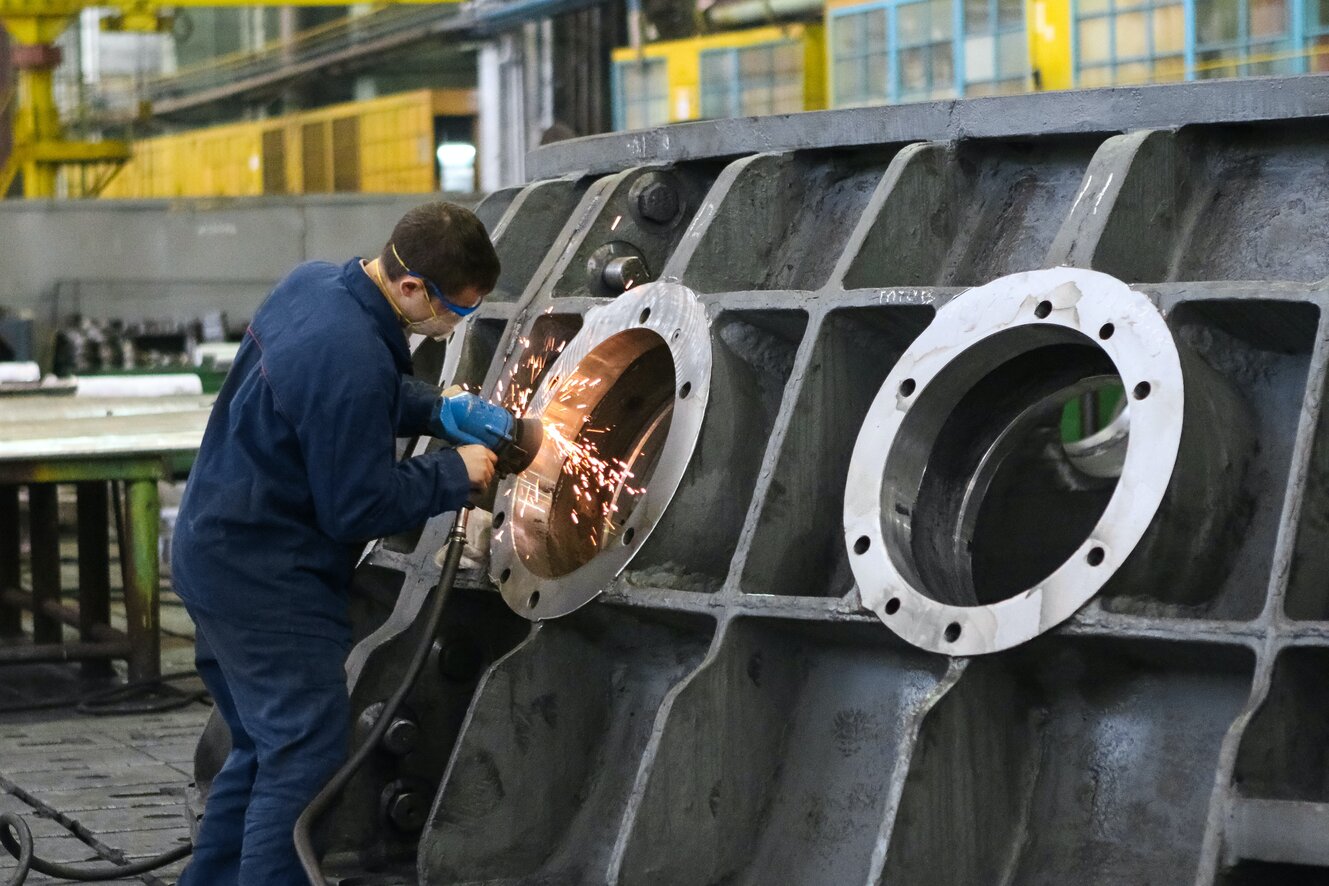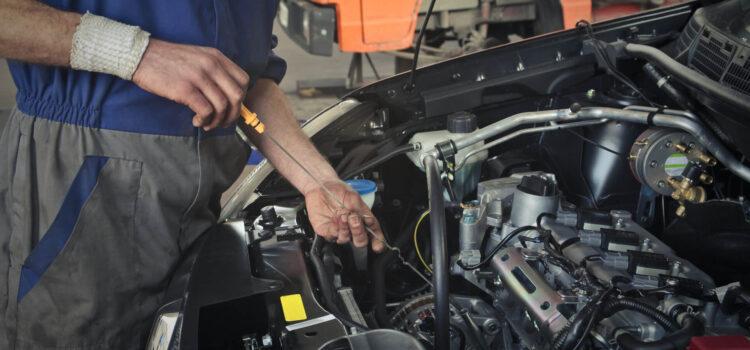
Owning a vehicle is a necessity in today’s world. Many people need a vehicle to commute to work or school and deal with other important aspects of their lives. With a vehicle being so vital to a person’s life, ensuring the longevity of that car is necessary. Proper care and maintenance are required to ensure the vehicle lasts. The car’s transmission should never be ignored when providing that necessary care.
What is a Transmission?
The transmission is considered one of the most important components of any car. This unit is responsible for transmitting and controlling the power of the vehicle. Without the transmission, a vehicle would not be able to drive. Fortunately, a transmission repair shop provides the services a driver needs to keep the car’s transmission in good condition.
When referencing a transmission, the term refers to the entirety of the car’s drivetrain. This drivetrain includes the clutch, gearbox, drive shafts, and differential. In casual speech, however, the transmission may be referred to when discussing just the gearbox.
There are two main categories of transmissions in a vehicle. These are automatic and manual transmissions. The manual transmission utilizes a clutch that allows the driver to manually shift a car into various gears via the stick shift. An automatic transmission does not require engaging a clutch. The vehicle will automatically shift through specific gears depending on the speed and conditions where the vehicle is driven.
The shifting between gears in a vehicle is necessary for driving at various speeds and terrains. The transmission allows the gears to be changed to provide the right amount of power and torque from the engine to move the wheels. Utilizing different gears can save the wear on the engine by reducing how hard it needs to run to move the vehicle in various situations.
What is the Proper Maintenance for a Transmission?
Ensuring that the car or truck’s transmission is functioning properly requires the correct maintenance. Unfortunately, many people are unaware or forget about the proper maintenance for their vehicle’s transmission. Some may even provide the wrong service due to differences in their particular vehicle. Although most care is similar between vehicles, it is always important to check the manufacturer’s recommendations.
Fluid Changes and Flushes
The need for a transmission fluid change can vary greatly between different types of vehicles. In some cases, it may be 30,000 miles to change. Some vehicles, however, do not need a change until after 100,000 miles.
Not all vehicles require a transmission fluid change. Some newer vehicles have a closed system for the gearbox. With these types of vehicles, the fluid is supposed to last the lifetime of the car and does not need to be changed. These vehicles are another reason why it is so important to check the manufacturer’s specifications and recommendations.
There is a big difference between having the transmission fluid changed and flushed. Simply replacing old fluid with new is changing the fluid. With a flush, the old fluid is removed using a high-pressure machine that also uses a cleaning agent to remove all old fluid and any debris.
Flushing is not a job that needs to be performed regularly. The fluid in the transmission helps to keep the components cool and reduces wear. However, over time those components still wear and leave bits and particles throughout the fluid. This debris can build up and make the fluid less beneficial. If this occurs, owners should check their owner’s manual for recommendations about flushing the system.
Checking Fluid Levels
It is important to keep an eye on the transmission’s fluid levels. Although the fluid cannot burn off as the engine oil may, there can be leaks or other issues that could cause the fluid levels to lower. It is a good idea to check the fluid levels at least once a month. Refer to the owner’s manual for the specific procedure for this check.
When checking the fluid, levels should be noted. If there is a reduction, it may be a good idea to have the vehicle inspected by a professional to determine the cause of the problem. In addition, if the fluid looks dirty, it may be time to have the fluid changed.
For some vehicles, the system is closed and owners are unable to check the levels. A trained mechanic can inspect the fluid if necessary. Always refer to the owner’s manual to determine when the fluid needs changed or flushed in this system. This care can be provided by a mechanic or the dealership where the vehicle was purchased.
What are the Signs of a Transmission Problem?
The transmission is very important to the proper functioning of a vehicle. At the first sign of a problem, the transmission should be inspected by a trained professional. However, vehicle owners need to understand the signs of a problem.
Check Engine Light
Although the check engine light can come on for a variety of reasons not related to the transmission, it can still be an early sign of a problem. The sensors in a vehicle are very sensitive and can identify even a small vibration or early problem. If the check engine light comes on, the vehicle should be checked. A simple diagnostic scan tool can often identify the source of the problem within minutes.
Hard Shifting and Slipping Gears
Slipping or even the feeling that the vehicle is jerking upon a gear shift could be a sign of a serious problem with the vehicle’s transmission. While driving, a vehicle could spontaneously pop out of gear or even cause the stick shifts to move back to neutral in a manual transmission.
If this occurs, even once, the vehicle should be inspected by a professional. This issue could be a sign of a serious problem and may be dangerous if it occurs during driving.
Grinding Noises or Shaking
When shifting gears, whether automatically or manually, the vehicle should shift smoothly. Unfortunately, there may be times when the vehicle makes a grinding noise or seems to shake upon shifting. The transmission may simply need an adjustment or more detailed repairs may be necessary. However, neither issue should be ignored.
Noisy Neutral
When the vehicle is in neutral, the transmission should be disengaged. However, sounds from the transmission while in neutral could be a problem. Often, fluid replacement is all that is needed. However, sometimes, there is mechanical wear that needs to be addressed.
Burning Smell
Burning smells from the transmission are another cause for concern. In some cases, this burning smell may be due to a leak or dirty transmission fluid that is not providing enough cooling for the moving parts. However, if this is not corrected, it could pose serious risks to the transmission.
The lubricant in the transmission helps to keep the components cool and moving freely. If the fluid is low, dirty, or there is another problem with the transmission, it can overheat and cause a burning smell. An overheating transmission will not perform properly and may even fail when it is needed the most. Prompt repair is necessary for this situation.
Fluid Leaks
A fluid leak can be very detrimental to the car’s transmission. Without the proper lubrication, parts can become hot and seize. If fluid levels are getting lower when checked or there is a red puddle under the vehicle, it may be a leak. Getting the leak fix immediately can prevent serious damage to the transmission.
No Response
If the vehicle is shifted into gear and nothing happens, there is a problem. The transmission is designed to go into the right gear every time. Any hesitation is a cause for concern. If it does not go into gear, then the vehicle will not move.
For automatic vehicles, engaging the drive gear should cause the vehicle to quickly move into the right gear. However, if it does not, the transmission has failed and needs repairs or replacing. For a manual, if it is shifted into gear and the engine revs up but does not move, calling a professional is the next best move.
Dragging Clutch
For those with a manual transmission, the clutch must be disengaged before shifting gears. Pressing the clutch pedal disengages the clutch disk from the flywheel so that the gears can be changed. A dragging clutch is when the clutch disk does not disengage when pressing the pedal, causing a grinding noise when attempting to shift.
Often, this problem is due to too much slack in the pedal. Either the cable or linkage does not have enough leverage to disengage the disk. Fortunately, the repair is relatively inexpensive and easier to fix. However, the repair should be prompt to prevent further issues with the ability to drive the vehicle.
Why are Prompt Repairs so Important?
Prompt repairs for the car’s transmission are vital to the functionality of a vehicle. Delaying even minor repairs could be problematic and may even cause further damage. For example, a fluid leak may be a minor issue that does not cost much to repair. However, delaying the repair could cause irreversible damage to the transmission and may result in the need for a replacement.
To ensure a vehicle runs properly and to keep costs of repairs low, proper maintenance and prompt repair of a car’s transmission could ensure the vehicle runs for many years and miles.

Your go-to source for the latest in tech, finance, health, and entertainment, with a knack for distilling complex topics into accessible insights, We deliver timely updates on the ever-evolving landscapes of technology, finance, health, and entertainment








